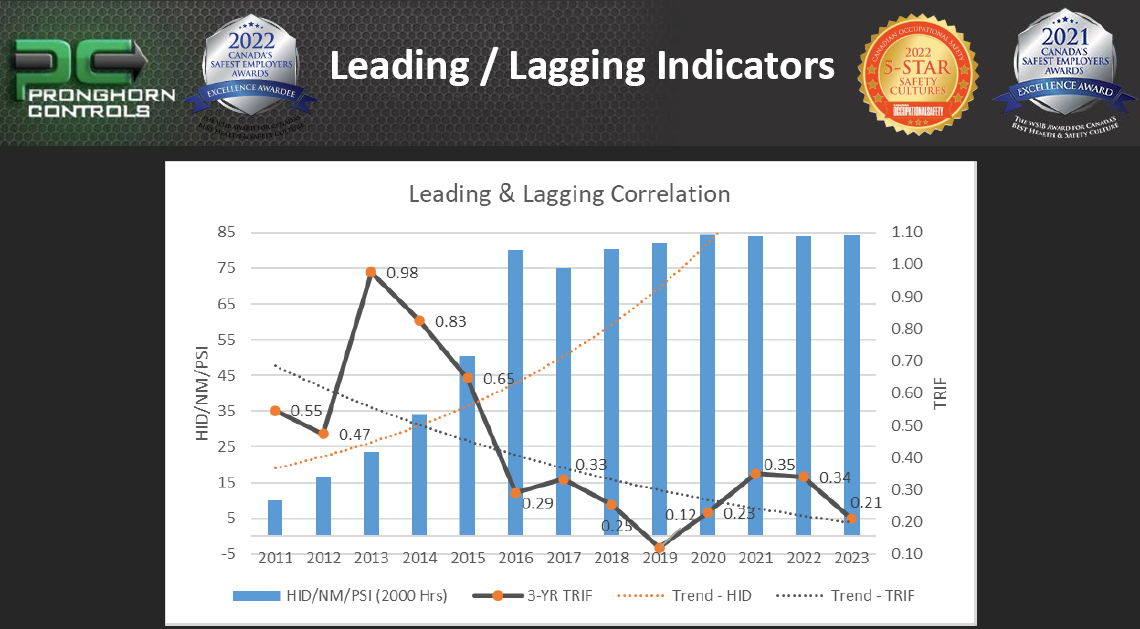Yves Tremblay on how Pronghorn Controls keeps safety as its first core value

In the realm of industrial safety, few stories resonate as profoundly as that of Pronghorn Controls, steered by the meticulous guidance of Yves Tremblay, its president and CEO. Tremblay, with decades of experience, has transformed Pronghorn into a beacon of safety innovation, guided by a harrowing experience early in his career that left an indelible mark on his approach to workplace safety.
"It was horrible," Tremblay recalls, his voice somber as he recounts the tragic incident that claimed the life of a close friend and coworker. "He was a wonderful guy, had his whole life ahead of him. I vowed to do everything I could to ensure it never happened again." Tremblay made sure he was the one who broke the devastating news to his friend’s parents. This pivotal moment has since propelled him to champion safety measures that exceed industry standards.
Under Tremblay’s leadership, Pronghorn Controls has shifted its focus from merely responding to accidents—commonly referred to as lagging indicators—to pre-emptively addressing potential hazards, a method now entrenched in their safety culture through leading indicators. "The road to zero harm," Tremblay explains, "is paved with leading indicators."

A pivotal tool in Pronghorn's safety arsenal is a detailed graphic that Tremblay enthusiastically shares during discussions on safety. The graph visually depicts the inverse relationship between leading and lagging indicators, clearly showing how increased proactive measures correlate with a decrease in incidents. "This graph encapsulates our safety religion," says Tremblay. "It's a core message I share to instill belief in the effectiveness of leading indicators."
The graph, a staple in safety training sessions at Pronghorn, showcases a stark reduction in total recordable injury frequency (TRIF) over a three-year running average, juxtaposed with a significant rise in the frequency of leading indicators like hazard identification and near-miss reports. "Last month we hit a historical high in leading indicators, and correspondingly, our three-year rolling TRIF dropped to 0.1, the lowest in our history," Tremblay points out with a mix of pride and relief.
Tremblay's approach is holistic and deeply personal. He ensures that safety is not just a protocol, but a core value embedded in the identity of every employee at Pronghorn. In fact, on the company’s website it lists its values, and safety is the first one.
From intensive safety training to celebrating successes, every aspect of the company's operations is geared toward maintaining a safe working environment. "Safety is our most important core value," he asserts. "I believe in leading by example. If I expect my team to prioritize safety, I must do the same, and more."
The impact of this safety-first culture extends beyond statistics and graphs. It fosters a work environment where employees are empowered to report potential hazards without fear of reprimand—a sharp departure from the punitive atmospheres of the past. "What we've seen is that when people believe in the system, they participate not because they have to, but because they want to," Tremblay reflects.
As Pronghorn Controls continues to lead by example, Tremblay's vision for a zero-harm industry seems ever more attainable. It's a testament to how a personal tragedy can transform into a powerful catalyst for change, driving an entire company towards excellence in safety and beyond. "Every day," Tremblay concludes, "we work not just to meet standards, but to set them, ensuring that what we are about is clearly reflected in our commitment to keeping our people safe."
In this way, Tremblay's journey from a traumatic loss to pioneering safety leader encapsulates the evolution of industry safety practices—from reactive measures to a proactive, culturally ingrained ethos that sets Pronghorn Controls apart as a model of workplace safety.





